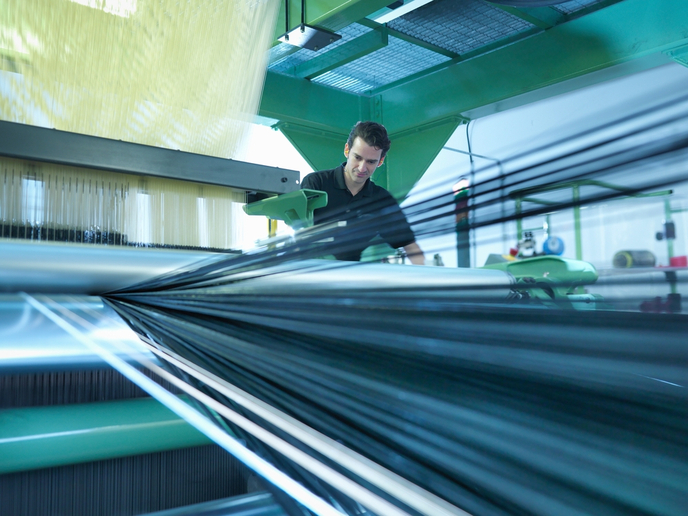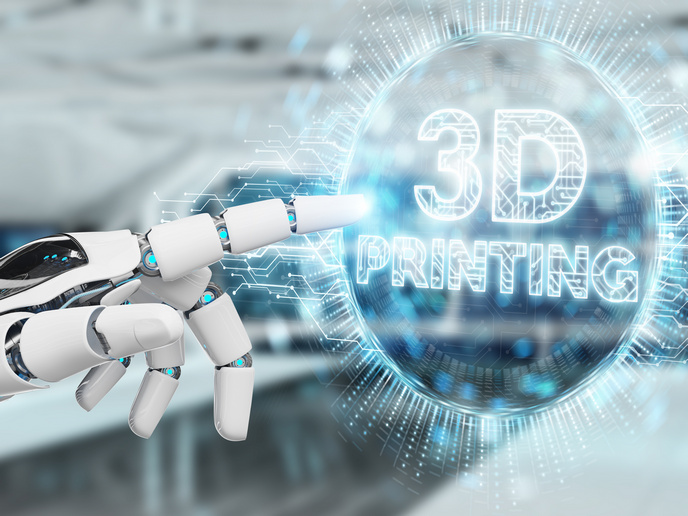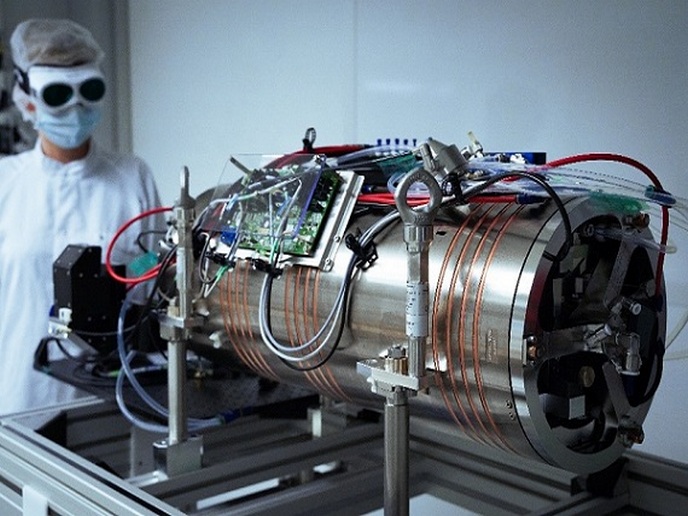Improving access to nanotech to deliver innovative green materials
The global drive to cut CO2 emissions demands that certain sectors, including transport, energy and construction, take actions that reduce their carbon footprint. These actions include replacing heavy, energy-inefficient materials used in the construction of infrastructure and manufacturing of vehicles with lighter metals and polymer composites. Cars made from lighter materials will be more energy-efficient, and building materials that integrate polymer composites will facilitate faster construction, reducing transport costs and achieving better overall energy efficiency. A key challenge however is ensuring that these new materials deliver the mechanical, electrical and thermal performances required. This often means having to combine several materials together to meet industry needs, and the cost of making these polymer composites can be prohibitive.
Bringing innovative nanotechnologies to market
This was the starting point for the OASIS project. “We thought that the introduction of nanotechnologies into metallic and polymer composites could be the answer to this challenge,” explains OASIS (Open Access Single entry point for scale-up of Innovative Smart lightweight composite materials and components) project coordinator Sonia Florez from Tecnalia in Spain. The use of nanotechnologies in composite materials can make them multifunctional, lightweight and robust, and can offer a range of additional benefits such as improved mechanical performance, heating abilities, anti-icing capabilities and fire resistance. “However, we found that there was a lack of nano-enabled product manufacturing facilities in Europe with suitable quality control and product traceability for industrial-scale production,” continues Florez. “In addition, investment costs in such manufacturing facilities are often considered to be too high.” To address this, the OASIS project sought to provide industries – and especially SMEs – with access to cutting-edge nanotechnology facilities, to encourage innovation and bring nanotechnology-based solutions to market. Existing manufacturing facilities were upgraded by increasing production rates and implementing greater quality control. In total, 12 upgraded pilot lines were made accessible to businesses through an open call. Successful applicants received free access to this ecosystem. “We also found that the uptake of nanotechnologies was being held back by a lack of specialised expertise,” adds Florez. “So technological and business support services were provided, to really help drive the commercialisation of new lightweight, multifunctional products based on aluminium and polymer composites.”
Technological and business support services for nanotech
While access to advanced manufacturing facilities remains critical to accelerating European innovation, the OASIS project has demonstrated how certain bottlenecks can be overcome. “The uniqueness of the OASIS innovation test bed lies in the fact that it brought together complementary technologies and services from multiple organisations across Europe,” says Florez. “This enabled the development of innovative products, which would not have been possible by interacting with individual service providers separately.” Project partners succeeded in developing six showcase products, benefiting from access to 12 pilot lines and the associated project technological and business support services. These innovations included nano-enabled pultrusion – a manufacturing process that turns fibres and liquid resin into a fibre-reinforced plastic – for strong, lightweight construction materials. A mass production process for nano-reinforced aluminium components for electric vehicles was also developed, along with a system to efficiently repair defects in composite structures on aircraft. These solutions underlined the effectiveness of the test bed in responding to industry needs, as well as the potential of nanotechnology in delivering cutting-edge products. The open call to external businesses led to 11 projects being selected. “Promising results from these ‘democases’ include the introduction of nanoparticles in coatings to protect concrete against aggressive environments and lightweight aircraft battery casings,” says Florez. “Nanoparticles were also applied to increase the durability of hydrokinetic machines that produce green electricity. This had a positive impact on maintenance and replacement frequency, leading to even greener energy.” Through facilitating access to high-quality nano-enabled materials production, the OASIS ecosystem will continue to provide a significant boost to European competitiveness. The Open Innovation Test Bed has made a technical marketplace catalogue of products and business support services available on the OASIS project website, along with a catalogue of ecosystem organisations, helping to kick-start European excellence in this sector.
Keywords
OASIS, test bed, open innovation, nanotechnology, CO2, emissions, carbon, nanotech, polymer composites







